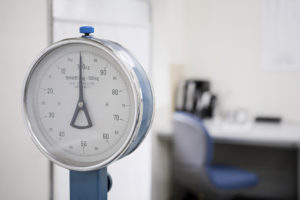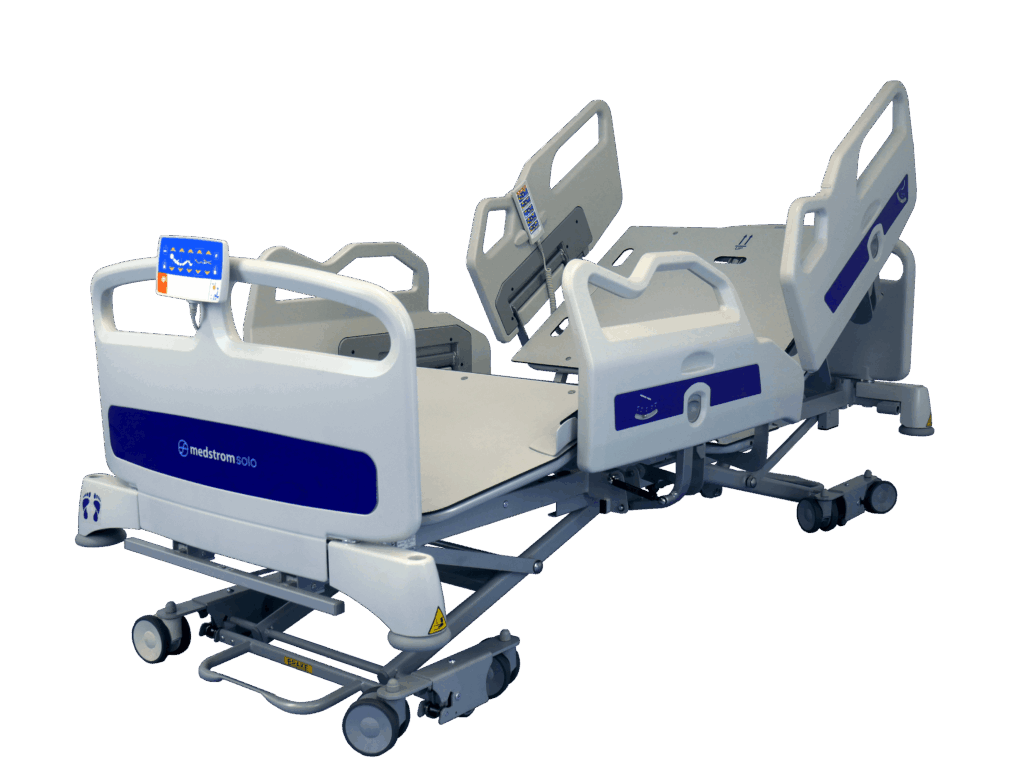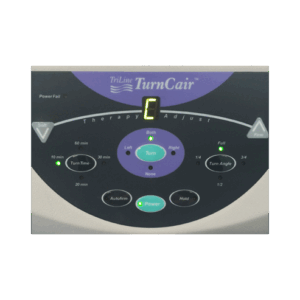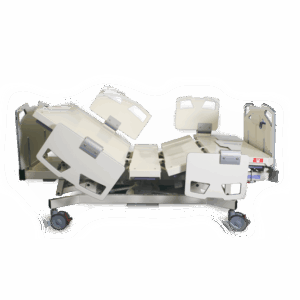
Which Bed is Best for Bariatric Care?
When deciding which bed is best for bariatric care there are many areas to consider and it can feel like a daunting and time-consuming task. Important considerations to help with this decision-making process are discussed below.
Weight and Body Morphology
While weight plays a key role in the equipment you ultimately decide on, and the patient’s weight must not exceed the maximum stated by the manufacturer, it is not the only factor which needs to be assessed.
For example, a plus-size patient (service user, client) may weigh less than a standard hospital bed’s maximum patient weight, but their morphology (shape, width, weight distribution) may make it more difficult for them to perform daily tasks, reposition and mobilise using that equipment. Often a standard width bed is not safe for the person to reposition and turn safely. In addition, if they need side rails in place to help prevent the risk of falls, prolonged skin contact with the rails could cause pressure damage. Therefore, the body shape can be as much a determining factor as weight when assessing whether the patient needs a standard or wider bed.
A standard bed may also make it more difficult for caregivers to provide the best care in terms of being able to access the patient to reposition and turn them safely, which could lead to an increased risk of manual handling injury. Each year 80,000 nurses injure their backs at work1 and NHS staff who injure their backs in the course of their work cost taxpayers over £400m a year.1 It is therefore also vital from a caregiver perspective that a suitable bed is available without any delay.
Level of Independence
The level of independence of your patient will also be a key factor in bed selection. For patients who are getting out of bed and are either mobilising from the bed or working towards that goal, the bed must go low enough to allow them to stand up safely. For patients at risk of falls, an ultra-low bed can help reduce the risk of injury in the event of a fall.
Some of the needs of bed-bound highly dependent and critical care patients differ from patients who are getting out of bed. These patients completely rely on caregivers for repositioning and for all care.
A wider bed is very important for these patients to allow safe and effective repositioning and turning. However, it must also allow caregivers to get close enough to the patient to carry out hands on care in a way that is safe for them. A bed which can extend and retract its width easily is an ideal way to achieve all these goals.
The ability to be used with a weight indicator system may also be important for some of these patients, especially those in critical care.
Other Considerations
Upright positioning: A bed which achieves a full cardiac chair position helps to counter complications of immobility and can provide an important psychological boost for a non-sedated bed-bound patient. Sitting in a chair position helps with lung expansion, which will be particularly important for patients with chest infections, some of whom may require non-invasive ventilation. It also improves cardiac output and gravitational drainage and makes eating and drinking easier.2
Shear reduction: A bed which can achieve the cardiac chair position using a single button makes this very easy for one caregiver to achieve. It also helps to prevent migration of the patient down the bed, as the backrest and knee break move simultaneously. This reduces skin shear and friction, and therefore the risk of skin damage. It also reduces moving and handling risks, as the patient will not need to be frequently moved back up the bed.
Infection control: The bed should be easy to clean, with easily removable and accessible parts.
Ease of use: A bed with intuitive controls will help to promote patient independence and ensure that caregivers use the full functionality of the bed for optimum patient care.
View Our Range of Hospital Beds
References
1. Back injuries amongst NHS staff cost £400million a year, Nursing in Practice. 2011
2. Dean E ‘The effect of positioning and mobilisation on oxygen transport’ in Pryor JA and Webber BA (eds) Physiotherapy for respiratory and cardiac problems: Adults and paediatrics (Third edition) Churchill Livingstone 2002 ISBN 978 0 443 07075 4











